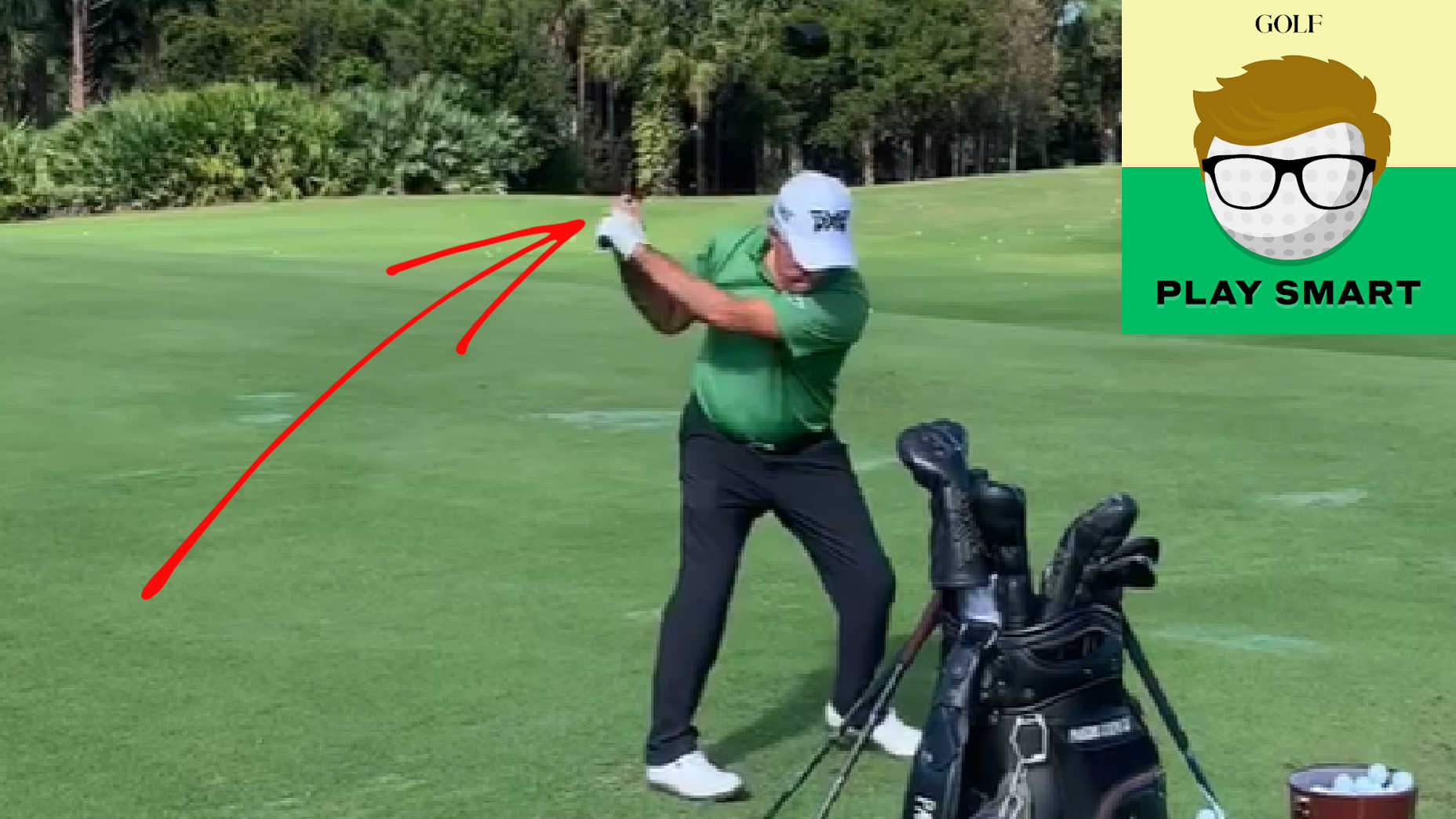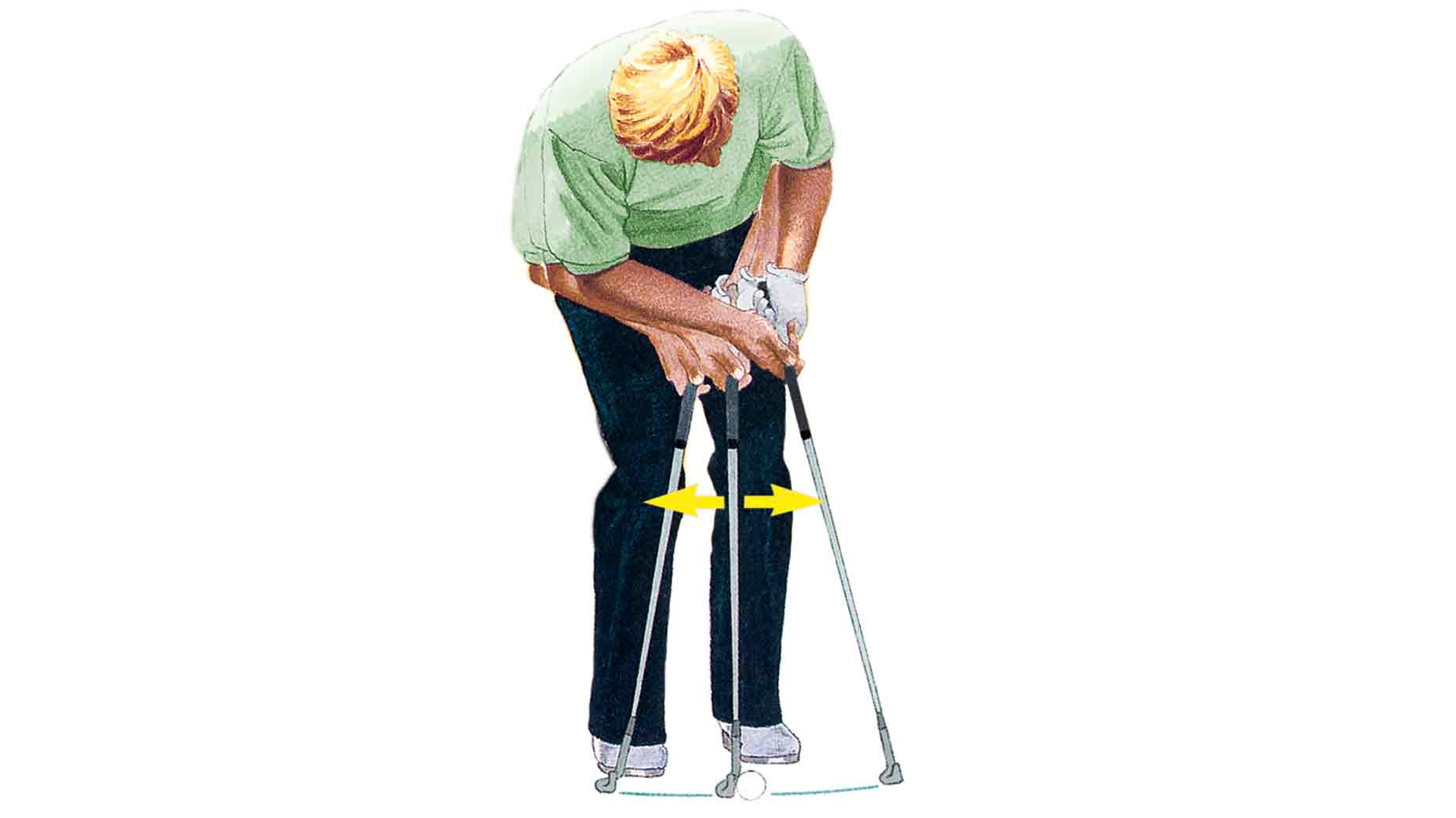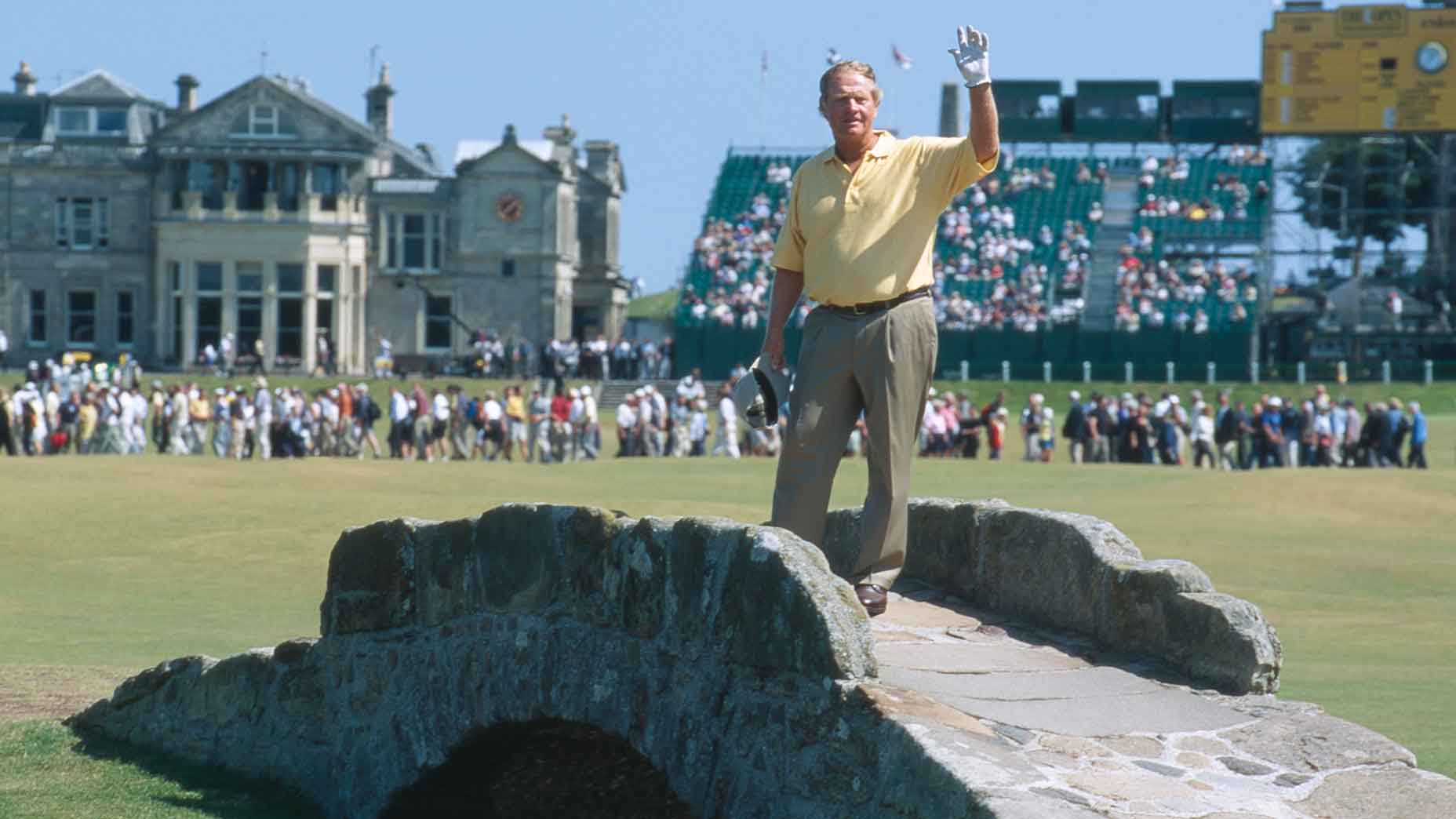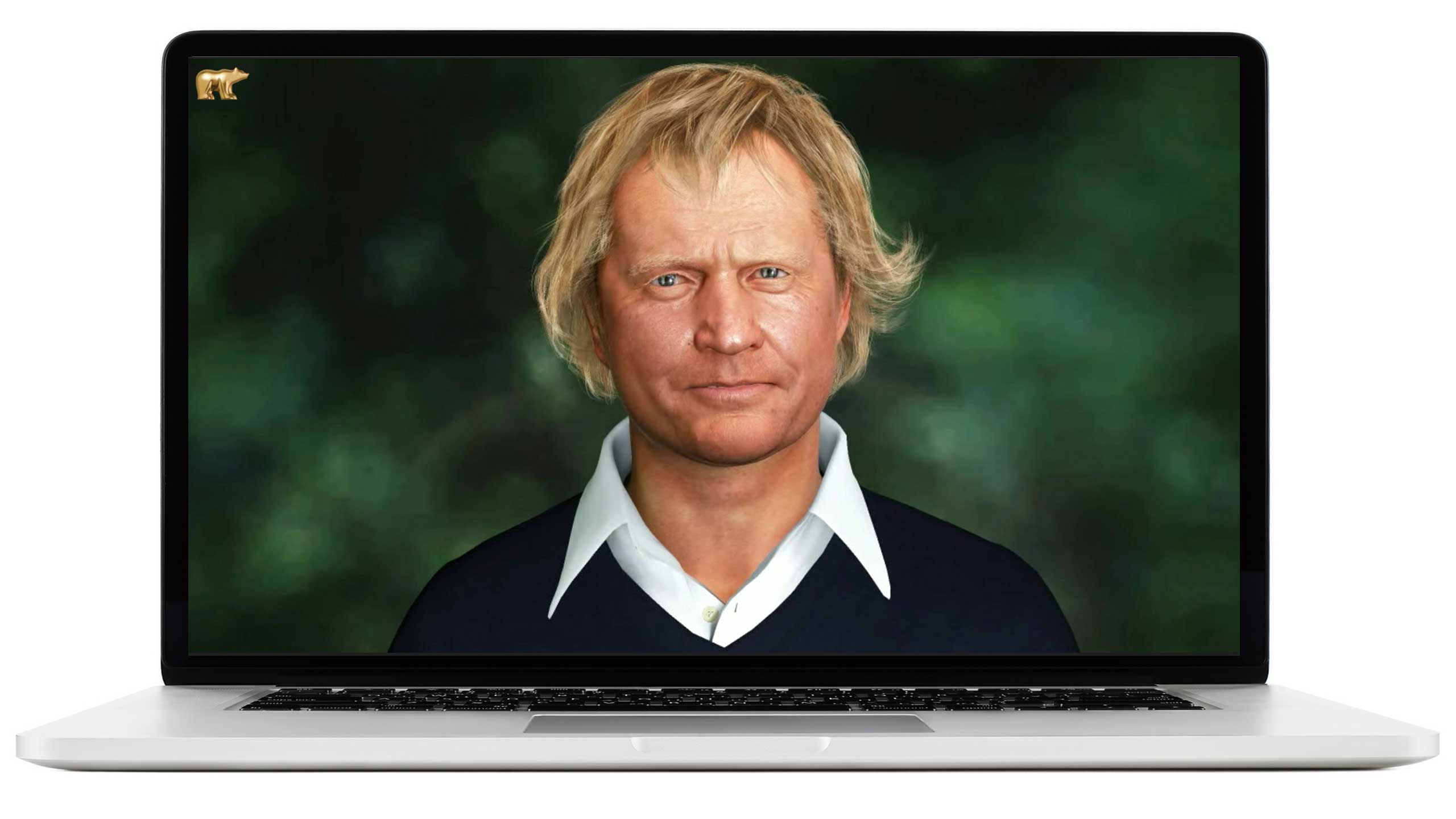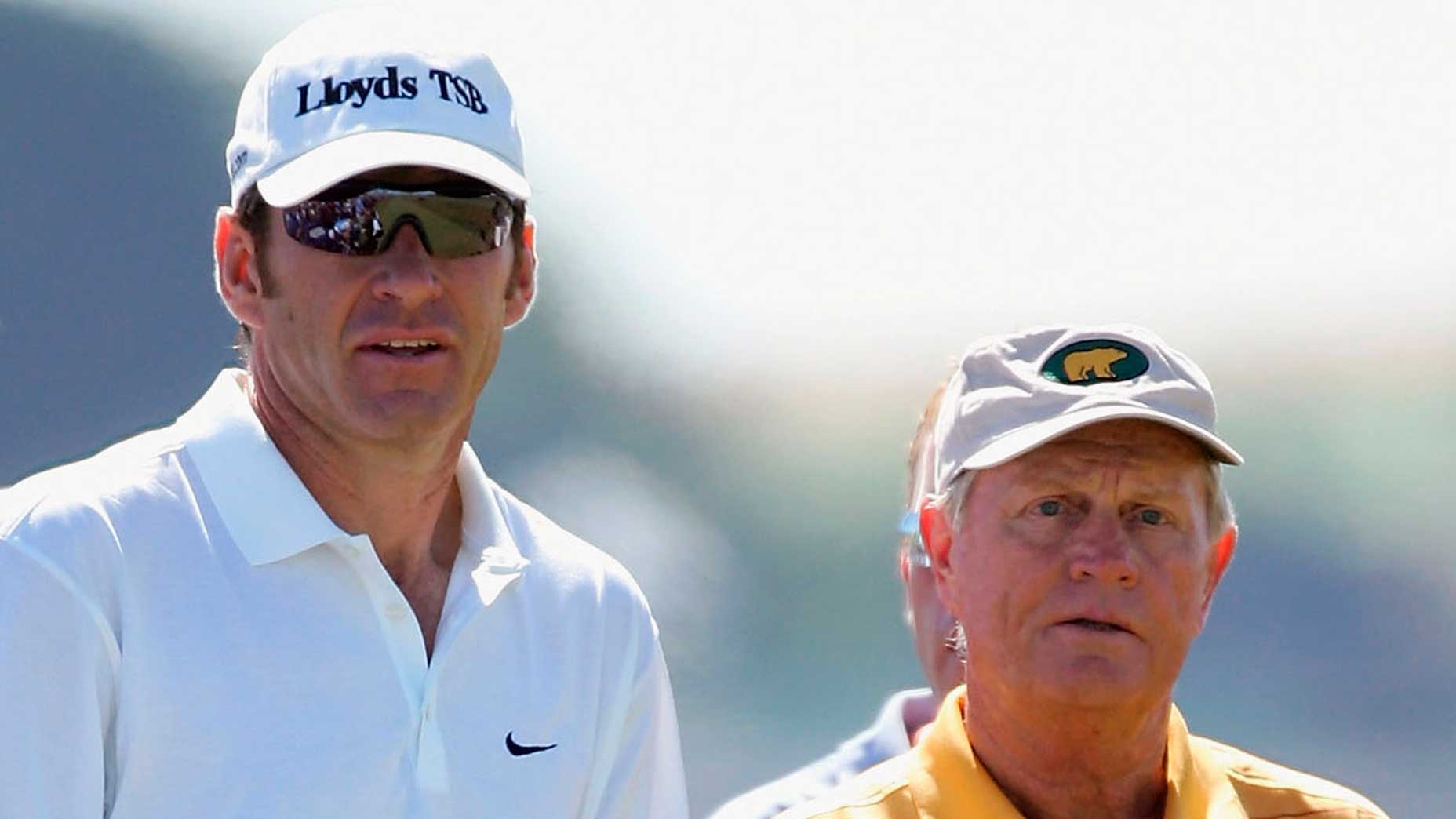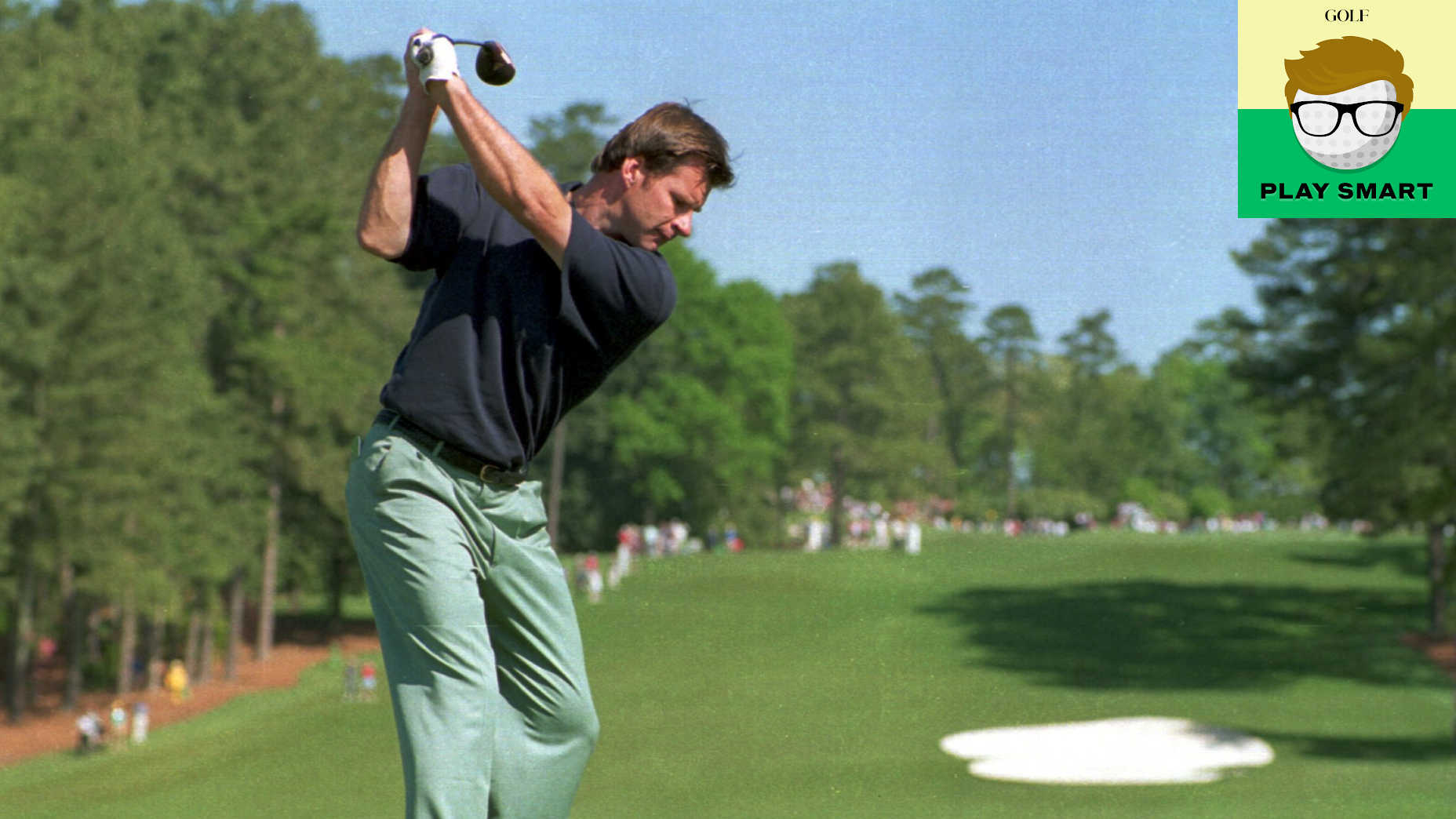Golden Rules: Jack Nicklaus’ blueprint to revisit your swing fundamentals this offseason
- Share on Facebook
- Share on Twitter
- Share by Email
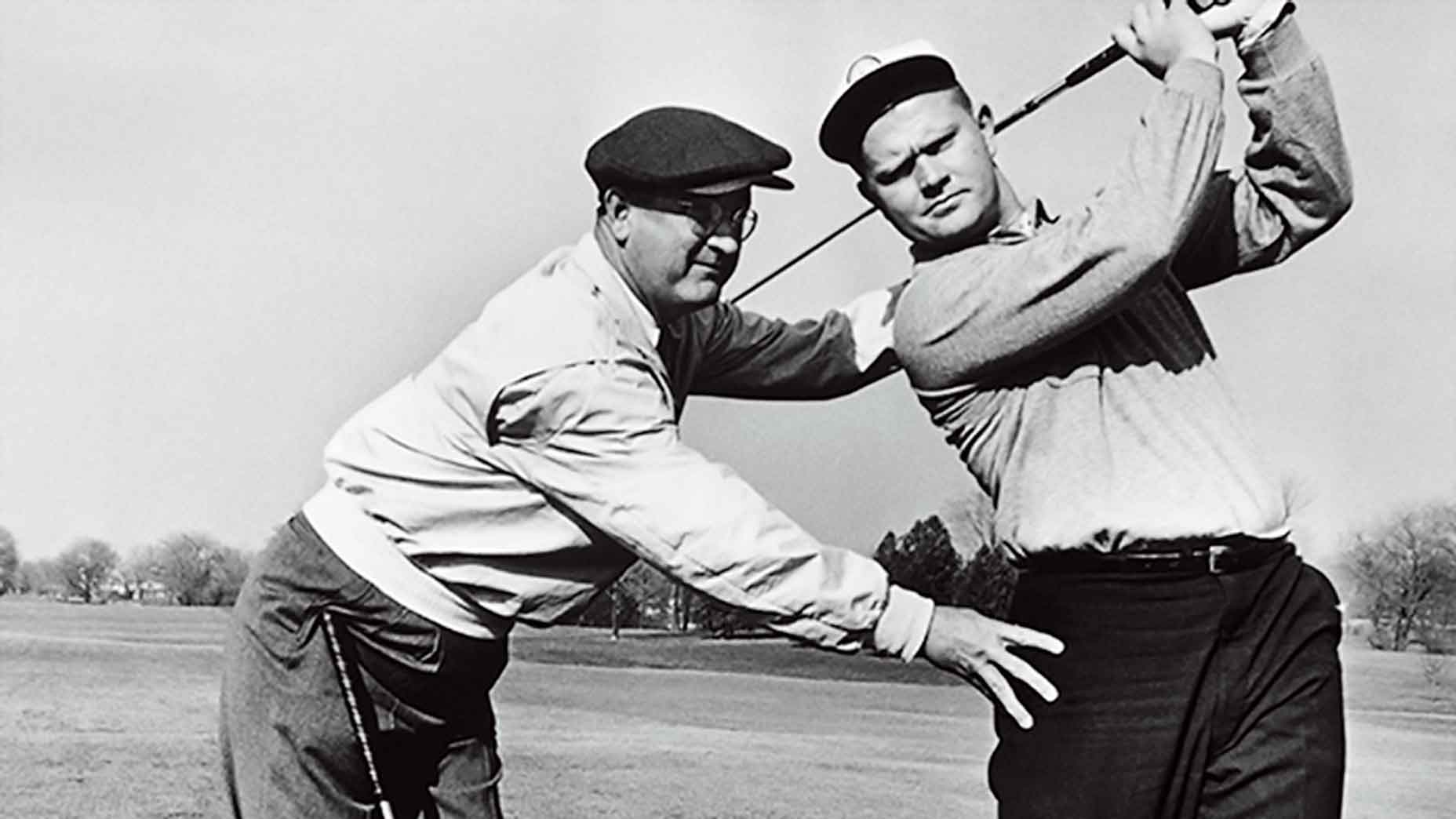
J. Grout and I first began working together in 1950, at Scioto Country Club, in Columbus. Here, in 1959, and for decades to come, he helped prep me for each new golf year.
Nicklaus Family/Nicklaus Companies
New year, new season. I always saw that as a time to revisit my fundamentals. It’s a good time, too, to share some of my thoughts with you, the readers of GOLF.
Growing up in Columbus, Ohio, where I was born and raised, golf was very much seasonal. As a teenager, I played every sport. In winter, that was basketball (go Upper Arlington Golden Bears!). My clubs went into the closet and they might not come out until late February, or whenever we had the first decent weather. There were also winters when I would hit a bag of practice balls into the snow, and when the snow melted, I’d go back and retrieve them. I’d sometimes practice in a Quonset hut, using a portable heater to get my muscles warm enough to swing.
Even when I turned pro, things really didn’t change much in my winter routine. Long before the “silly season” and even longer before the wraparound PGA Tour schedule, there just weren’t that many tournaments in November and December. For me, January signaled the start of a new golf year.
This is the tip Jack Nicklaus gave a ‘frustrated’ Gary Player on the rangeBy: Luke Kerr-Dineen
Whether you live in South Florida, where you can play year-round, or up north, where your golf season might start in mid-April, you’ll find it helpful — as I did — to think about having one golf year ending and another one beginning. For many of today’s top pros and amateurs, there is no off-season and no fresh start.
I think a lot can be said for having a real break — at every level of the game. It’s good for your swing, because bad habits can creep in over the course of a busy golf season, and now you’re getting a fresh start. It’s good for your mind, too. Whatever you’ve done is now behind you. You can resume your play with a clean slate.
From my teens through the height of my pro career, my new golf year always began with a visit on the range with Jack Grout, my longtime instructor, mentor and friend. He approached me at the start of a year as if I were a beginner. He’d say, “Okay, Jackie Boy, let’s look at your grip. Let’s look at that stance. Let’s look at ball position.” J. Grout, as I called him, was an absolute believer in sound fundamentals. With them, good things should happen in your golf game. Without them, well, good luck.
Jack Grout was born in 1910, yet the game’s fundamentals and those he taught have held fast over generations. For example, a steady head produces more consistent shots than one that’s moving all over the place. That was true when I took up the game in 1950 and it’s still true 70 years later. If you focus on fundamentals, you build a strong foundation to your golf year.
I would think that what worked for me might be good for you too. Go see your PGA professional or a qualified person who truly understands the game. Have them look at your grip, stance, ball position and head position. It’s a good way to ease into a new year. As a side note — and one that dictated much of my early year scheduling — try to practice in as much good and calm weather as possible. If you can avoid practicing in strong winds and creating bad habits in those conditions, it will give you more good mileage on your swing.
As a pro, I didn’t really have specific goals in mind at the start of a new golf year, except to win the Masters in April — the year’s first major. But you might find it helpful to your game to commit to certain goals. Focus on fundamentals. Practice as much as possible before you really take on the course. Get in as much competitive golf as you can — whether it’s in a tournament, with a friend, a family member or just against yourself — so you can take what you have worked on from the range to the course. When the golf season truly starts, you’ll be ready.
This column appeared in the Jan./Feb. 2021 issue of GOLF Magazine. Follow the Golden Bear on Instagram @jacknicklaus.
Latest In News

Golf.com Contributor

